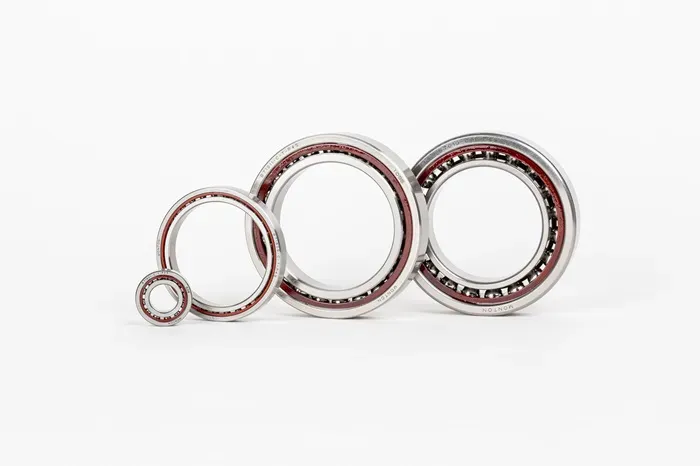Time: 2024-09-05 01:54:11 Source: Luoyang Monton Bearing Science & Technology Co.,ltd.
Choosing the right bearing size is a key factor in ensuring proper operation of mechanical equipment, extending bearing service life, and optimizing system performance. Today I have prepared an article for you on how to choose the appropriate bearing size, aiming to provide you with a systematic approach and considerations.
In mechanical design and maintenance, bearings are key components that support rotating parts, reduce friction and transmit loads, and the selection of their size is crucial. A properly sized bearing can not only improve the operating efficiency of the equipment, but also significantly reduce maintenance costs and downtime. Here are some key steps and considerations to help you make an informed decision.
1. Determine basic needs
First of all, clarify the specific role of the bearing in the equipment, the working environment and the type of load it needs to bear (radial load, axial load or combined load). At the same time, consider factors such as the equipment's rotational speed, temperature range, vibration level and lubrication conditions. These factors will directly affect the selection and size of the bearings.
2. Calculate load and speed
Load calculation: Calculate the maximum static load, dynamic load and impact load that the bearing needs to bear based on the working conditions of the equipment. These values will be used to select the basic type and size of the bearing.
Speed speed considerations: Understand the maximum speed of the equipment, as high speeds may cause more heat and wear in the bearings. The limiting speed of the bearing is an important parameter in its selection.
3. Consult bearing catalogs and manuals
Use the catalogs and manuals provided by the bearing manufacturer and select the bearing types that meet the requirements (such as deep groove ball bearings, angular contact ball bearings, tapered rollers, etc.) based on the data obtained in the first two steps (such as load, speed, working environment, etc.) bearings, etc.) and size range. These manuals often contain detailed bearing specification sheets, performance curves and selection guides.
4. Consider space constraints and installation conditions
Space limitations: Ensure that the size of the selected bearing meets the design space requirements of the equipment, including shaft diameter, bearing seat size, and clearance of surrounding components.
Installation conditions: Consider the mounting and dismounting methods of the bearings to ensure that the selected bearings are easy to install and maintain. At the same time, pay attention to the sealing and dustproof requirements of the bearing to prevent external contaminants from entering the inside of the bearing.
5. Assess life and reliability
Evaluate whether the selected bearing meets the long-term operation requirements of the equipment based on the bearing's rating life, fatigue limit and reliability data. In some critical applications, it may be necessary to select bearings of higher quality grades or special materials to increase their service life and reliability.
6. Consider cost factors
On the premise of meeting performance requirements, the purchase cost of bearings should be reasonably controlled. Compare factors such as bearing prices, delivery times and service support across different brands and models to choose the most cost-effective option.

7. Perform verification and testing
Verify and test selected bearings where conditions permit. This can include bench trials simulating actual working conditions or trial runs in low-volume production. Through verification and testing, the suitability and performance of the bearing can be further confirmed.
8. Continuous monitoring and optimization
After installing and operating the bearing, regularly monitor its operating status and performance indicators. Adjust the maintenance plan or replacement strategy in a timely manner based on the monitoring results to ensure the continuous and stable operation of the bearings. At the same time, we pay attention to new technologies and new product trends in the industry, and constantly optimize bearing selection and usage strategies.
Choosing the appropriate bearing size requires comprehensive consideration of multiple factors, including basic requirements, load and speed calculations, space constraints, installation conditions, life and reliability evaluation, cost factors, and continuous monitoring and optimization. By following these steps and considerations, you can select the most appropriate bearing size for your machinery, improving equipment performance, reducing maintenance costs and extending service life.